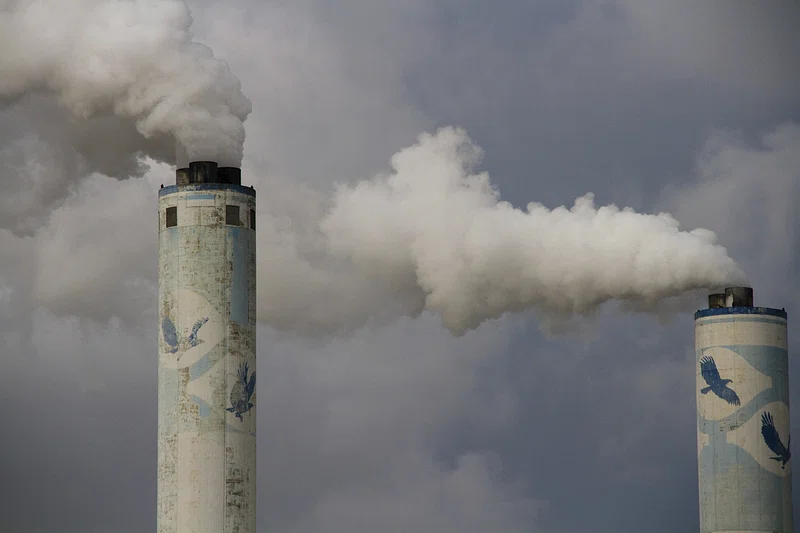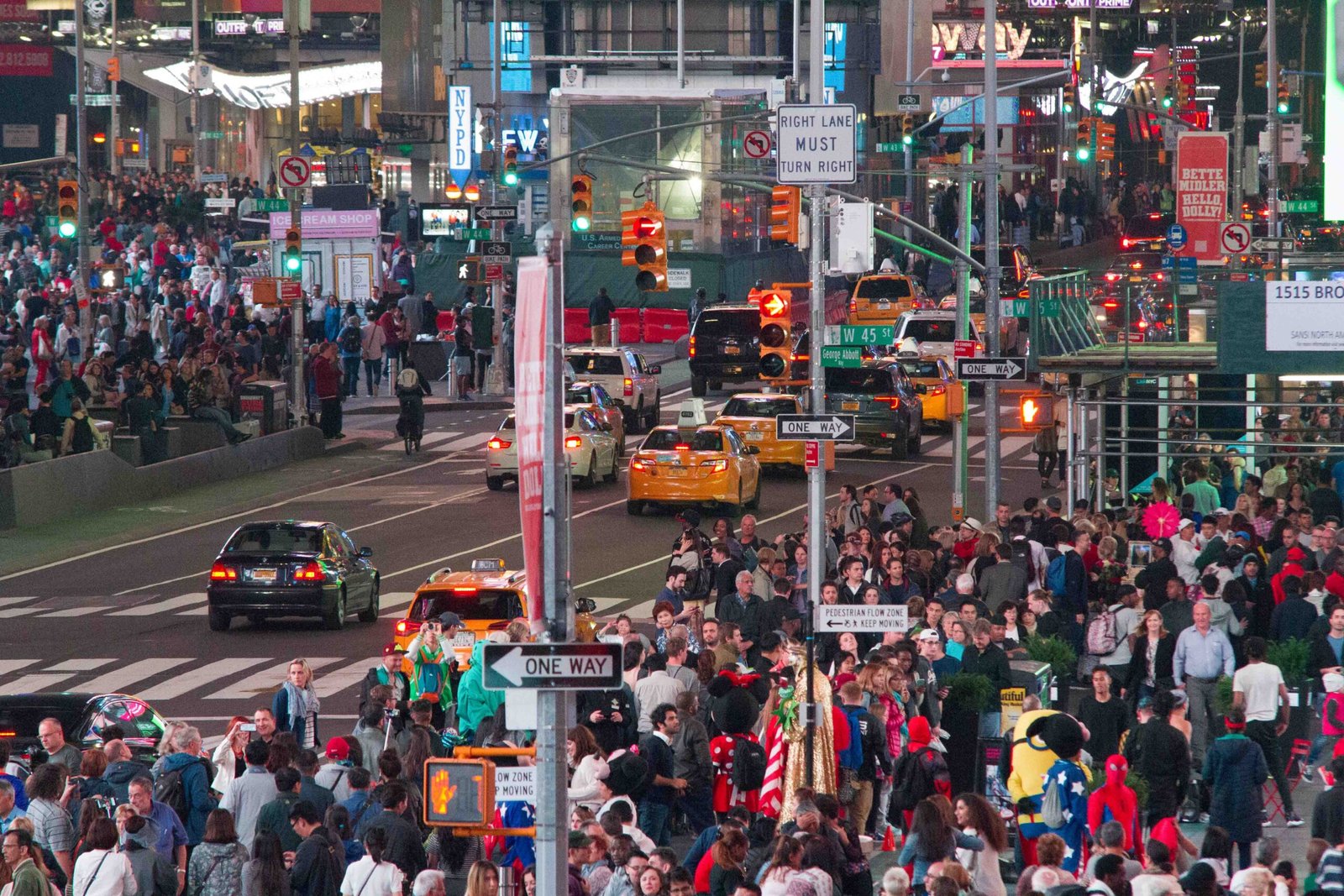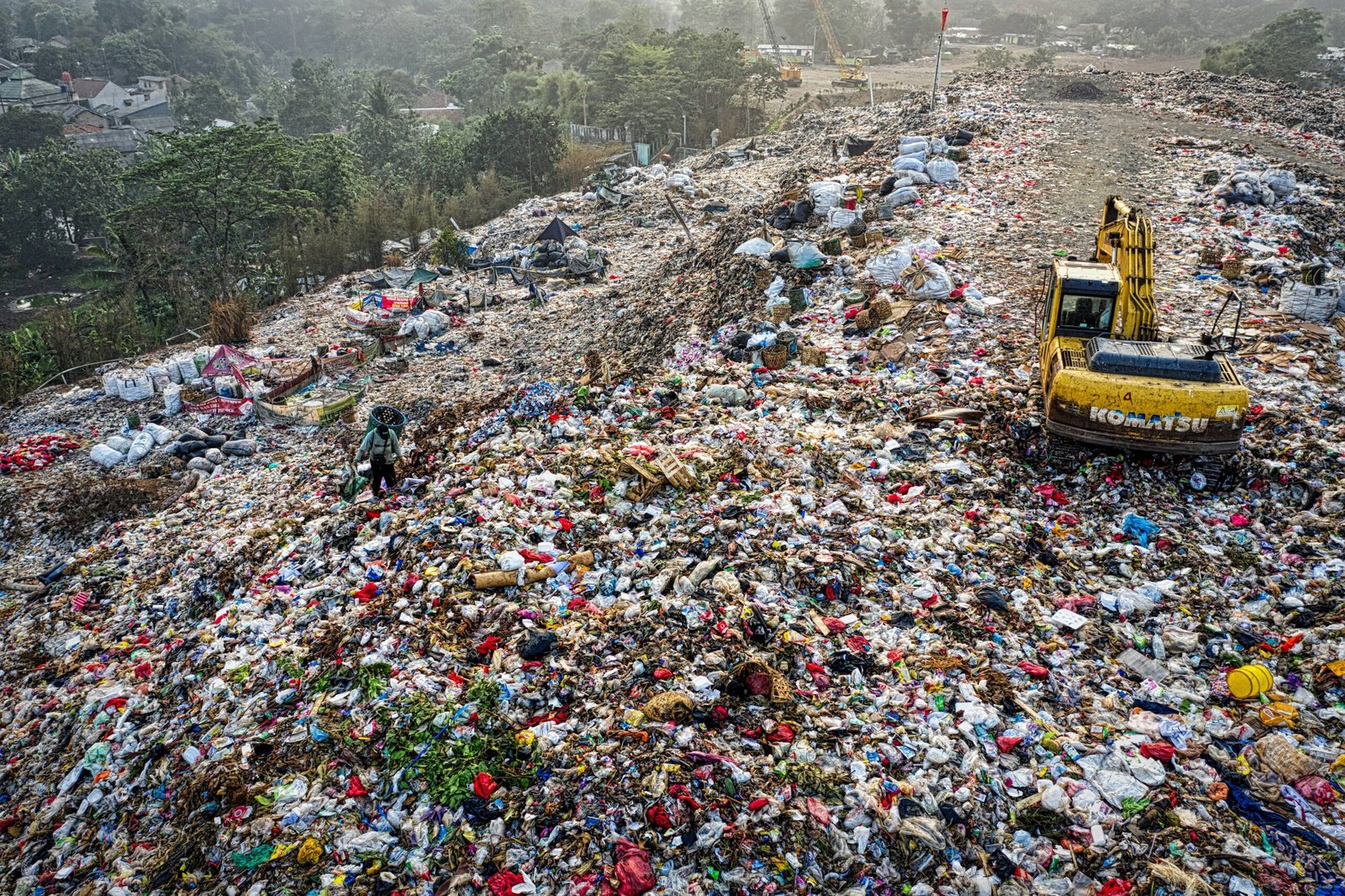Picture this: you’re standing in a line that seems to stretch on forever. That’s kind of what’s happening to Earth’s population right now – it’s growing faster than ever before. But what does this mean for the planet? Here are 6 effects of rapid population growth on the environment.
1. Habitat Destruction
Habitat destruction is like bulldozing a forest to build a shopping mall. When we clear natural areas like forests, wetlands, or grasslands to make space for buildings, farms, or roads, we’re destroying the homes of countless plants and animals.
Think of it this way: imagine you have a cozy home in a beautiful forest. You’ve got trees to climb, streams to drink from, and plenty of food around. But then, one day, someone decides to chop down your forest to put up houses. Suddenly, you’re left without a home, without food, and without anywhere safe to live.
That’s what happens to wildlife when their habitats are destroyed. Animals lose their homes, their sources of food, and places to raise their families. And it’s not just about the animals – when habitats are destroyed, it can also disrupt the balance of nature, affecting everything from the air we breathe to the water we drink.
So, when we talk about habitat destruction, we’re talking about a big problem with big consequences. It’s like tearing down a piece of nature’s puzzle, and when those pieces go missing, the whole picture starts to fall apart. That’s why it’s crucial to protect and preserve natural habitats – not just for the animals, but for all of us who rely on a healthy planet to thrive.
2. Rapid population growth and Plastic pollution
more people means more consumption, and more consumption means more plastic. From water bottles to food packaging to single-use bags, plastic has become a ubiquitous part of our daily lives. But what happens to all that plastic when we’re done with it? Well, much of it ends up in landfills or, worse, in our oceans.
With billions of people around the world using plastic every day, even small individual actions can add up to a massive problem. Imagine each person using just one plastic water bottle a day – that’s billions of bottles piling up in no time.
But it’s not just about the plastic we use directly. Overpopulation also puts pressure on waste management systems, especially in densely populated areas where infrastructure may struggle to keep up with the sheer volume of trash being generated. This can lead to plastic waste being improperly disposed of or ending up in rivers and oceans through littering or inadequate waste management practices.
Once in the environment, plastic takes hundreds of years to break down, posing serious threats to marine life, ecosystems, and even human health. Marine animals like turtles, seabirds, and whales can mistake plastic for food or become entangled in plastic debris, leading to injury or death.
So, when we talk about the effects of overpopulation on plastic pollution, we’re not just talking about numbers – we’re talking about the impact on our oceans, our wildlife, and ultimately, our own well-being. It’s a reminder that each of us has a role to play in reducing plastic consumption and waste, no matter where we live or how many of us there are.
3. Water Supply and Population Growth
As our global population continues to swell, so does the strain on our finite water resources. Think of it like this: you’re hosting a gathering in your backyard, and as more guests arrive, the demand for drinks increases. Soon, you find yourself scrambling to keep up, realizing that your supply is running low. This analogy reflects the pressure on water systems as communities expand and water demand escalates.
But it’s not just about the sheer number of people. How we manage and utilize water plays a crucial role. With burgeoning populations, the demand for water-intensive activities such as agriculture, industry, and domestic use surges. This puts immense stress on water sources, leading to over-extraction, contamination, and depletion.
Moreover, water scarcity isn’t an isolated issue – it has far-reaching implications. It impacts food production, economic development, and social stability. Scarce water resources can spark conflicts, exacerbate inequalities, and disrupt the delicate balance of ecosystems.
Confronting water scarcity in the face of population growth requires a multifaceted approach. From investing in efficient water management systems to promoting conservation and sustainable practices, there’s a pressing need for innovative solutions. It’s a collective responsibility that transcends borders and ideologies – one that calls for collaboration and commitment to ensure access to clean and sufficient water for all.
As we navigate the complexities of a crowded world, addressing water scarcity becomes not just a challenge but an imperative for the well-being of present and future generations.
4. Over population and Air pollution
A larger population typically means more vehicles on the roads, more industrial activities, and more energy consumption for residential and commercial purposes. These activities result in higher emissions of pollutants such as carbon dioxide (CO2), nitrogen oxides (NOx), sulfur dioxide (SO2), particulate matter (PM), and volatile organic compounds (VOCs).
Overpopulation often leads to crowded urban areas with high traffic congestion. Stop-and-go traffic and idling vehicles produce more exhaust emissions per mile traveled, contributing to localized air pollution hotspots.

Growing populations drive the demand for goods and services, leading to the expansion of industries. Industrial activities such as manufacturing, power generation, and construction can release significant amounts of air pollutants if not properly regulated and controlled.
As populations grow, so does the demand for energy to power homes, businesses, and industries. Reliance on fossil fuels, such as coal, oil, and natural gas, for energy production releases pollutants into the air, including greenhouse gases like CO2 and air pollutants like sulfur dioxide and nitrogen oxides.
In regions with high population densities and limited access to clean energy sources, biomass burning for cooking and heating can contribute to air pollution. Burning wood, crop residues, and other biomass releases pollutants such as particulate matter, carbon monoxide, and VOCs into the atmosphere.
Overpopulated areas often struggle with waste management, leading to open burning of trash, landfill emissions, and release of methane (a potent greenhouse gas) from decomposing organic waste. These activities contribute to air pollution and can have adverse effects on public health.
The combined effects of increased emissions, industrial activities, traffic congestion, and biomass burning can degrade air quality in overpopulated areas, leading to smog, haze, and increased concentrations of harmful air pollutants. Poor air quality can have serious health consequences, including respiratory and cardiovascular diseases.
5. Food supply under pressure
As the population grows, the demand for food also increases. This can put pressure on agricultural systems to produce more food to meet the needs of a larger population.
To accommodate the growing population’s need for housing, infrastructure, and urban development, agricultural land may be converted into residential or industrial areas. This can reduce the amount of land available for farming, leading to decreased agricultural productivity and food supply.

To meet the increasing demand for food, farmers may resort to intensive farming practices such as monoculture, excessive use of chemical fertilizers and pesticides, and livestock concentration operations. While these practices can increase short-term yields, they can also degrade soil fertility, contribute to environmental pollution, and compromise long-term food security.
Rapid population growth can strain water resources, leading to increased competition for water between agricultural, industrial, and domestic uses. Water scarcity can affect irrigation systems, reduce crop yields, and limit agricultural productivity, ultimately impacting food supply.
Overpopulation contributes to increased greenhouse gas emissions, which drive climate change. Climate change can disrupt weather patterns, increase the frequency and severity of extreme weather events such as droughts, floods, and storms, and alter temperature and precipitation patterns. These changes can negatively impact crop yields, reduce agricultural productivity, and threaten food security.
Overpopulation can lead to habitat destruction and loss of biodiversity, which can have negative consequences for agriculture. Biodiversity loss can reduce ecosystem resilience, disrupt pollination services, increase pest outbreaks, and decrease soil fertility, all of which can undermine food production and supply.
In overpopulated areas, there may be inefficiencies in the food supply chain, leading to food waste at various stages, including production, processing, distribution, and consumption. Food waste exacerbates food insecurity and contributes to environmental degradation by wasting resources such as water, land, and energy.
6. Can overpopulation affect climate change?

A larger population leads to higher energy consumption, increased industrial activities, and greater demand for transportation, resulting in higher emissions of greenhouse gases (GHGs) such as carbon dioxide (CO2), methane (CH4), and nitrous oxide (N2O). These emissions contribute to the enhanced greenhouse effect, trapping more heat in the atmosphere and leading to global warming and climate change.
Overpopulation drives the demand for land for agriculture, urbanization, and infrastructure development. As a result, large-scale deforestation occurs to clear land for farming and human settlement. Deforestation releases significant amounts of CO2 stored in trees and disrupts carbon sequestration processes, contributing to increased atmospheric CO2 levels and exacerbating climate change.
With more people consuming energy for heating, cooling, lighting, and transportation, the demand for fossil fuels such as coal, oil, and natural gas increases. Burning fossil fuels releases CO2 and other pollutants into the atmosphere, intensifying the greenhouse effect and driving climate change.
To feed a growing population, agricultural production must be intensified, leading to increased use of fertilizers, pesticides, and machinery. These agricultural practices release GHGs such as CO2, CH4 (from livestock digestion and manure management), and N2O (from synthetic fertilizers), contributing to climate change.
Overpopulation places strain on water resources, leading to water scarcity and stress in many regions. Changes in precipitation patterns and increased water demand exacerbate water scarcity, affecting agriculture, ecosystems, and human populations. Water scarcity can also lead to conflicts and displacement, exacerbating social and economic challenges related to climate change.
Rapid population growth often results in extensive urbanization, with the expansion of cities and infrastructure. Urban areas tend to absorb and retain more heat than surrounding rural areas, creating urban heat islands. Higher temperatures in urban areas increase energy consumption for cooling and exacerbate heat-related health risks, particularly during heatwaves, which are becoming more frequent and intense due to climate change.
Overpopulated areas are often more vulnerable to the impacts of climate change, including extreme weather events, sea-level rise, droughts, floods, and food insecurity. These climate impacts can exacerbate social inequalities, increase displacement, and strain infrastructure and resources, particularly in densely populated regions with limited adaptive capacity.
Over population is a real problem
Rapid population growth exacts a heavy toll on the environment, jeopardizing the health and well-being of present and future generations. Addressing the environmental challenges posed by population expansion requires concerted efforts to promote sustainable development, including investments in renewable energy, conservation initiatives, and equitable access to family planning services.
By recognizing the interconnectedness of human populations and the environment, we can strive towards a more sustainable future for all inhabitants of our planet.

Nature has always been my thing since I was a kid. I grew up surrounded by it, and it made me care deeply about keeping it safe. After studying Environmental Science and Journalism, I set out to uncover the big stories about what’s happening to our environment.










